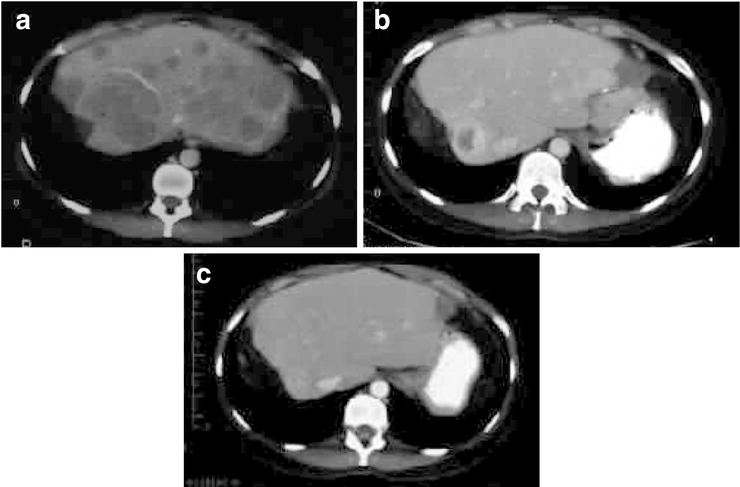Serial Do Capella Scan 8 Mm
 • Understand that English isn't everyone's first language so be lenient of bad spelling and grammar. Insults are not welcome. • If a question is poorly phrased then either ask for clarification, ignore it, or edit the question and fix the problem.
• Understand that English isn't everyone's first language so be lenient of bad spelling and grammar. Insults are not welcome. • If a question is poorly phrased then either ask for clarification, ignore it, or edit the question and fix the problem.
To create more accurate search results for Capella Scan 8 try to exclude using commonly used keywords such as: crack, download, serial, keygen, torrent, warez, etc. Simplifying your search should return more download results. Many downloads like Capella Scan 8 may also include a crack, serial number, unlock code, cd key or keygen (key generator).
Results: Two thousand consecutive patients undergoing outpatient lap RYGB were identified, and 84% (n = 1669) were discharged within 23 hours. Of these, 1.7% (n = 34) were readmitted within 30 days. The overall early and late complication rates were 1.9% (n = 38) and 4.3% (n = 86), respectively. The 30-day mortality rate was 0.1% (n = 2), and neither patient was discharged before death. Univariate analysis demonstrated surgeon experience (. Roux-en-Y gastric bypass (RYGB) is the most common surgical procedure in the United States for the treatment of morbid obesity.
In the 1990s, there was considerable debate regarding the benefits of laparoscopic over open procedures. In a review of 5235 patients who underwent either laparoscopic (lap) or open RYGB between 1994 and 2002, Nguyen and others showed a significant decrease in the incidence of iatrogenic splenectomy, wound infection, incisional hernias, and mortality for the laparoscopic approach. However, there was an increased incidence of bowel obstruction as a result of internal hernias, stomal stenosis, and gastrointestinal tract hemorrhage with the lap-RYGB. Since 2002, there have been reports of technical and perioperative improvements in care that have helped to reduce these complications.
A change in the gastrojejunal anastomotic size from 21 mm to 25 mm led to a decrease in the incidence of stomal stenosis from 26.8% to 8.8%. A change in the roux limb from a retrocolic approach to an antecolic approach was shown to decrease the incidence of internal hernias from 4.5% to 0.43%. The timing of thrombotic prophylaxis has helped to decrease the incidence of gastrointestinal hemorrhage. McGrath reported on the evolutionary changes of the lap RYGB and outlined the development of a safer laparoscopic procedure. As improvements in technique are identified and as Centers of Excellence are developed, programs can adopt these strategies into a best practice model to achieve the lowest possible rates of complications and to decrease hospital length of stay. The purpose of this article is to report on a large, single institutional experience of patients undergoing a lap RYGB with sequential incorporation of operative and postoperative modifications to achieve the lowest possible rate of pain, nausea, and postoperative complications.
The net result of an ideal minimally invasive procedure is a patient who is ambulatory, tolerating liquids without nausea, and capable of hospital discharge. In this study, the measure of an optimal postoperative course was measured by the number of patients capable of hospital discharge within 24 hours.
METHODS This study was performed with approval of the Baylor University Medical Center Institutional Review Board. The study group included consecutive patients from October 2001 through December 2004.

Patients were selected for surgery based on criteria as proposed by the National Institute of Health consensus development panel report of 1991, including patients with a body mass index (BMI) >35 kg/m 2 with comorbidity or a BMI >40 kg/m 2 with or without comorbidities. Study exclusion criteria were revision and/or open RYGB procedures. The preoperative workup included routine chemistry, chest x-ray, electrocardiogram, and either an upper gastrointestinal series or esophagogastroduodenoscopy was obtained in all patients. An echocardiogram was obtained in patients with known cardiac disease. Pulmonary function tests or sleep apnea tests were not generally performed. The operative technique included several cohorts for comparison based on either surgeon preference or the sequential adoption of perceived improvements. The basic procedure included a transected stomach using staple line reinforcements, creation of a 30-mL pouch, a standardized Roux limb length of 100 cm for BMI 50 kg/m 2, a circular stapled gastrojejunostomy with anterior suture reinforcement, and a linear stapled jejunojejunostomy for creation of the roux limb with stapled closure of the resultant jejunostomy.